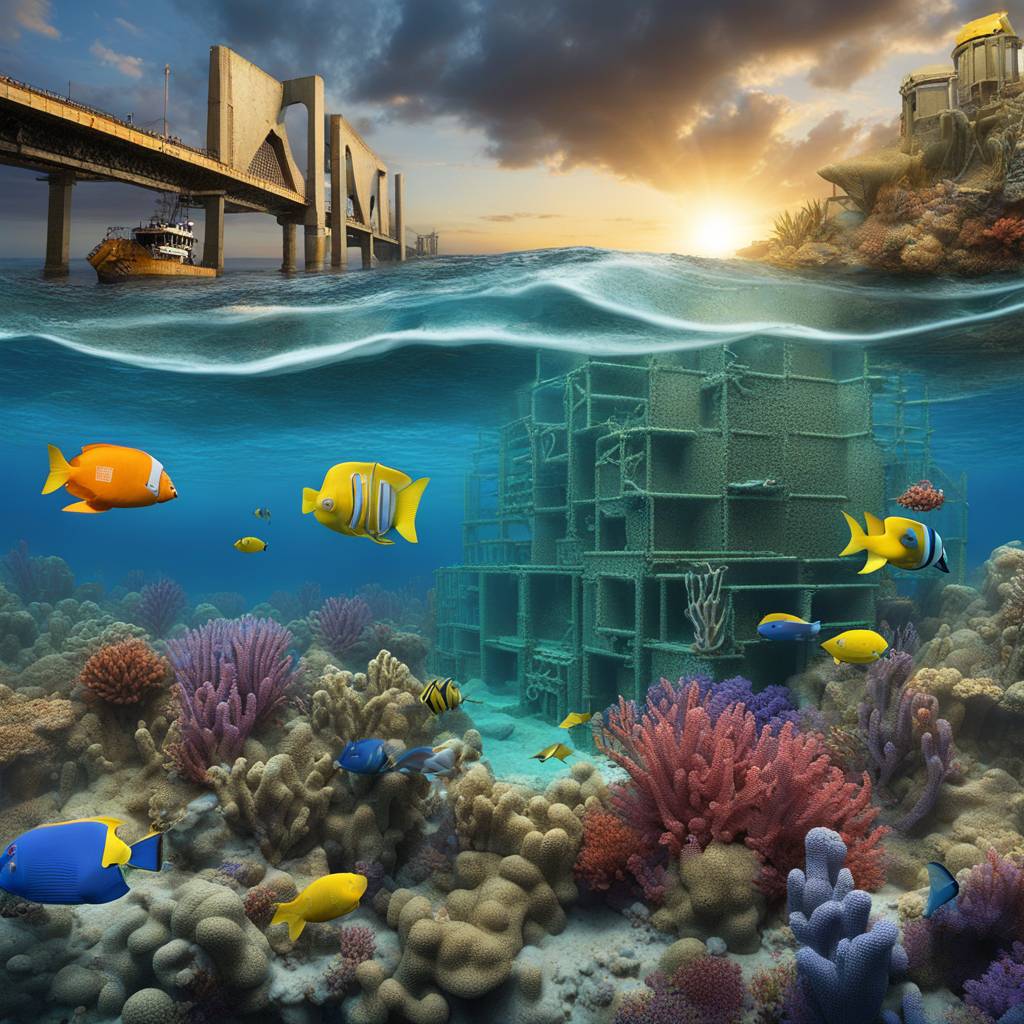An MIT team is engineering architected reefs to fortify coastlines against the impacts of climate change and extreme weather events by mimicking the wave-buffering effects of natural reefs. The design consists of cylindrical structures surrounded by rudder-like slats that efficiently break down waves to dissipate their energy. The team has calculated that this new design requires 10 times less material than existing artificial reefs while providing a habitat for marine life.
The team plans to fabricate the cylindrical structures from sustainable cement in a pattern of “voxels” that could be assembled to form a long, semipermeable wall along a coastline. Initial experiments with lab-scale prototypes have shown that the architected reef could reduce incoming wave energy by more than 95 percent, effectively preventing erosion and flooding along vulnerable coastlines. The details of the reef design are reported in a study published in the open-access journal PNAS Nexus.
The team’s collaboration between MIT Sea Grant and the Center for Bits and Atoms resulted in the development of the architected reef design. By leveraging the unique characteristics of the cylindrical structures and optimizing their geometry, the researchers found a way to dissipate wave energy efficiently with less material. The design originated from unrelated problems in ultralight cellular structures for the aerospace industry and blowout preventers in offshore oil structures.
Further tests on laboratory-scale versions of the architected reef made from plastic cylinders showed substantial wave energy reduction when waves passed through the structure. The structures were then modified to be more porous and fish-friendly by using sustainable cement and incorporating an ideal pattern of voxels. These changes did not compromise the wave-dissipating power of the structures while providing a habitat for marine life.
The team is currently fabricating cement voxel structures for lab-scale testing under various wave conditions. They aim to scale up the design for deployment in offshore locations, potentially working with beach towns in Massachusetts for pilot testing. While the cost of these structures is not cheap, the potential for preventing billions of dollars in storm damage makes them a viable solution for coastal protection in the face of climate change and rising sea levels. This work is supported by funding from the U.S. Defense Advanced Research Projects Agency.













